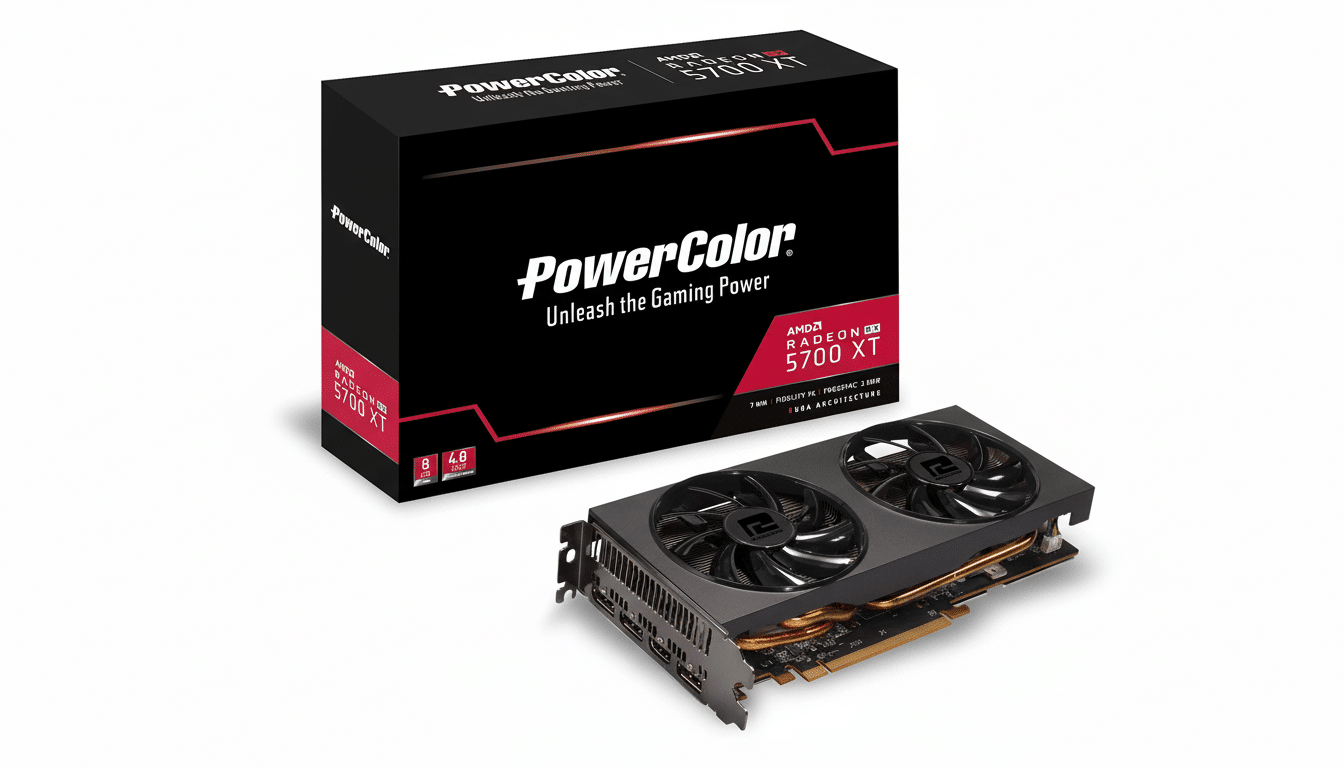AMD’s latest statement says AMD’s Radeon RX 5000 (RDNA 1) and RX 6000 (RDNA 2) graphics cards will continue to receive day-0 game support, performance tuning, stability optimizations, and critical security enhancements. This is achieved by using a two-branch driver that prioritizes new functionality for RDNA 3 and RDNA 4 while still optimizing games and eliminating bugs for previous architectures.
What Changes and What Stays for RDNA 1 and RDNA 2 Owners
So, practically speaking, here’s where it draws the line. If you own an RX 5000 or RX 6000, you’re going to continue to get day-0 profiles and optimizations for new games, as well as the aspects listed above. What you won’t get comprises brand-new driver characteristics focusing on RDNA 3 and RDNA 4, such as next-generation upscalers or frame-generation adjustments that rely on the operation of the hardware’s newest blocks. In fact, the latter will likely preclude official backports of significant features such as FSR 4 frame generation, but current game-level FSR adaptations will operate where manufacturers provide support in user titles.

Why AMD Split the Graphics Driver Branches for RDNA
Maintaining separate branches for current and prior architectures is as much about quality assurance as velocity. AMD argues this approach lets its engineers push features faster to RDNA 3/4 without introducing regressions on older silicon. It also means older cards get a calmer cadence focused on stability and game readiness instead of frequent architectural changes. Competitors follow similar playbooks. Nvidia has previously sunset new features for legacy architectures while continuing security updates, and Intel has reorganized graphics drivers to reduce churn as its stack matured. The goal is the same: isolate rapid, riskier development from code that serves a large installed base.
Game support is what matters most to most players, and that remains intact. Expect day-0 profiles for headline releases—think the next big open-world RPGs or competitive shooters—alongside shader and compile-time improvements that smooth out hitching and multi-core utilization. Historically, AMD’s release notes have cited up to double-digit gains in specific titles at certain settings; those targeted wins don’t evaporate just because a GPU is a generation or two old. Security and bug-fix coverage is equally important. Driver-level mitigations for crashes, memory leaks, or API edge cases (DirectX 12, Vulkan) will continue to land. RDNA 2 cards retain their hardware ray-tracing support and should still see game-by-game tuning, though transformative features that change how frames are produced will be reserved for RDNA 3/4.

Workarounds for Older GPUs Seeking New Upscaling Features
For users looking for all-new upscaling or frame-gen capabilities on their older cards, the community may come up with some solutions. Modders have experimented with injecting advanced upscalers, and popular solutions like Lossless Scaling can offer frame smoothing in many games, albeit always with different trade-offs than when the feature is in the driver in the first place.
Why This Matters to the Market and Installed Base
RDNA 1 and RDNA 2 are a large part of AMD’s installed base, visible in public datasets like the Steam Hardware Survey, and many of these are running 1080p and 1440p gaming setups. Keeping them up to date for new titles is important for the player experience and for developers aiming to minimize support permutations. It is also important for the used-GPU ecosystem, where RX 6000 cards are extremely attractive if AMD’s optimizations continue to bear fruit in new titles for years. The stumble over Adrenalin 25.10.2’s communication illustrates this. To a GPU buyer, driver policy is long-term value: clear roadmaps—what gets features, what gets game optimizations, for how long—are table stakes. But AMD’s clarification is a step in the right direction.
Bottom Line: AMD Keeps RDNA 1 and RDNA 2 Optimized for Games
AMD is keeping RDNA 1 and RDNA 2 in the optimization stream for fresh game launches, stability, and security while focusing new features on RDNA 3 and RDNA 4. That’s the outcome most RX 5000 and RX 6000 owners care about. Smooth launches and continued reliability are more vital than having the flashiest driver features because it was only ever going to happen on newer cards anyway.
Sources
- AMD’s public statement on Adrenalin driver policy
- Incumbent driver practices from AMD, Nvidia, and Intel
- Community tracker via the Steam Hardware Survey
- Industry coverage by analysts and developers

